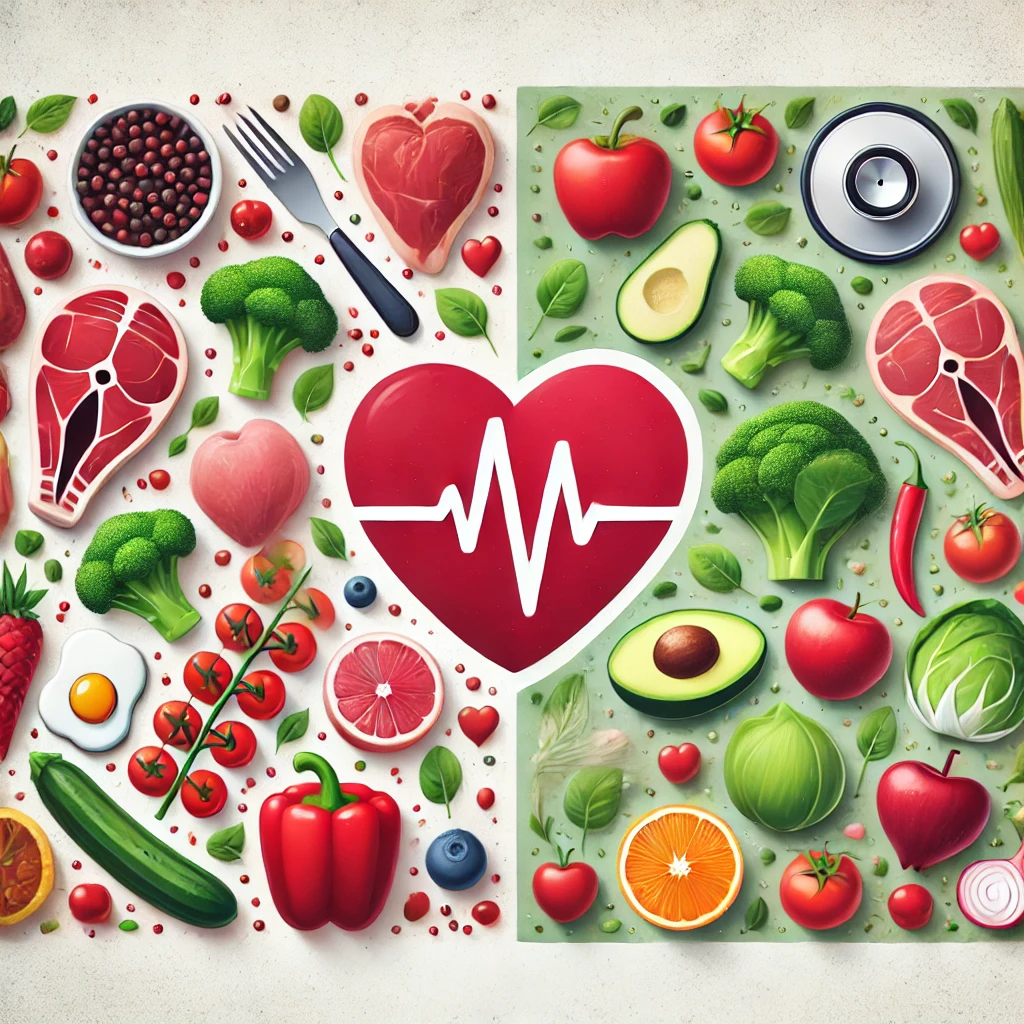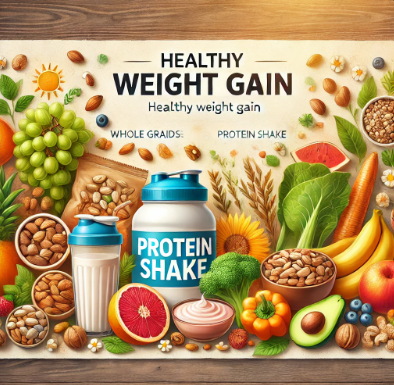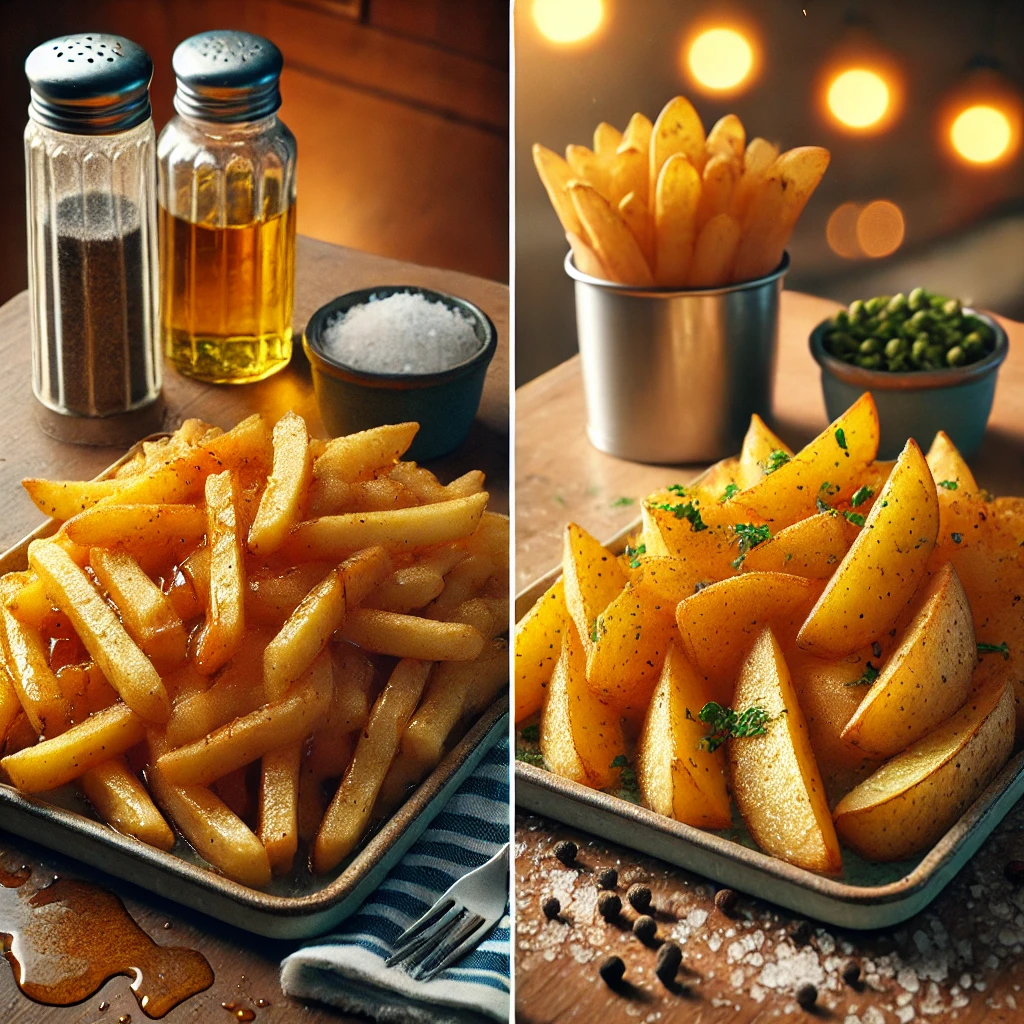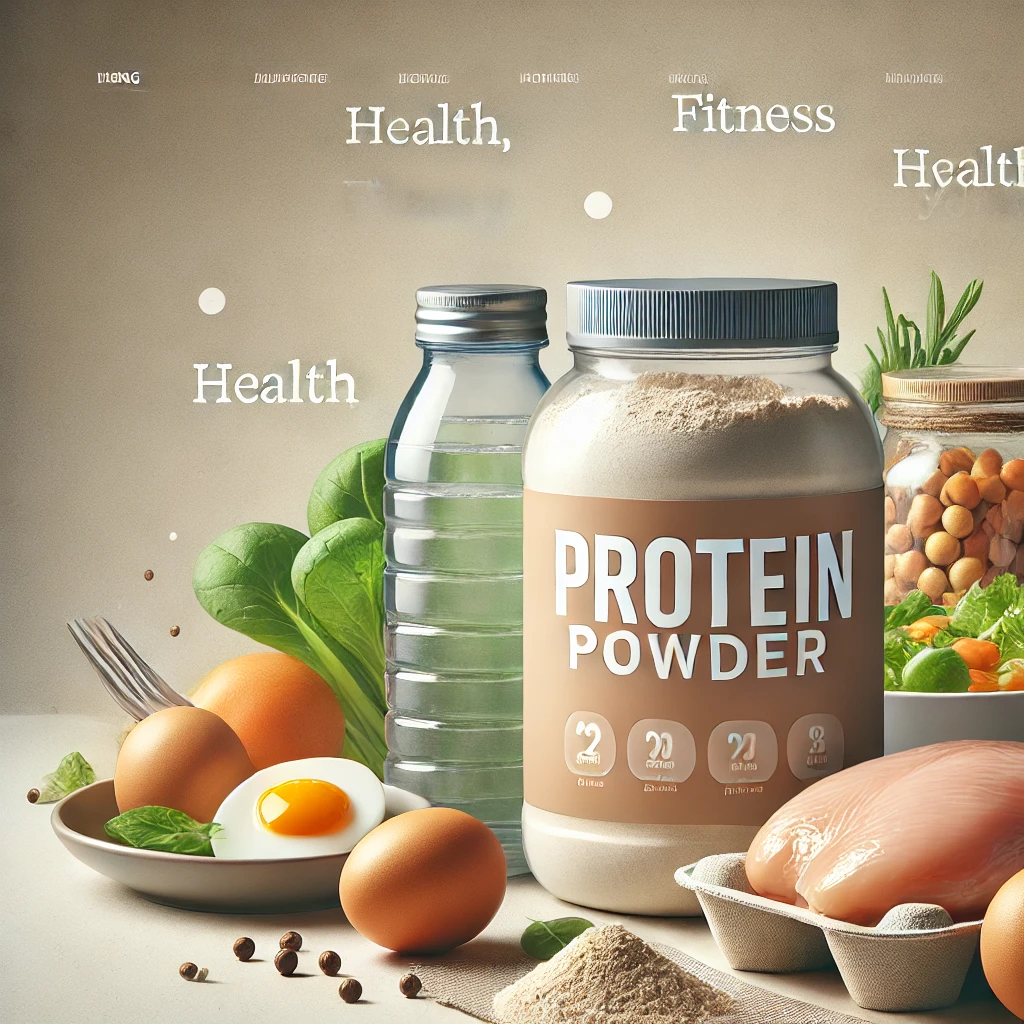During pregnancy, moms-to-be often hear advice about adjusting their diet and lifestyle to ensure the healthiest environment for their developing baby. One of the most common recommendations?
Limit your caffeine intake. While moderate caffeine is generally considered safe, excessive intake can pose risks to both the mother and the baby. This guide breaks down why limiting caffeine is essential, the safe levels to stick to, and practical tips to help manage intake for a healthy pregnancy.
1. Safe Caffeine Limit During Pregnancy
Health experts recommend that pregnant women consume no more than 200 mg of caffeine per day. This amount translates to roughly one small cup (150-200 ml) of Indian filter coffee. For reference, here’s a breakdown of caffeine content in other popular drinks:
- Indian Filter Coffee: 150-200 mg per 150-200 ml
- Black Tea: About 50-60 mg per 200 ml cup
- Soft Drinks: Around 30-40 mg per can (330 ml)
- Decaf Coffee: 5-10 mg per cup
Even though this amount is generally safe, every person’s sensitivity to caffeine varies, so it’s essential to listen to your body and make adjustments as needed.
2. Potential Risks of Excessive Caffeine
Miscarriage Risks
High levels of caffeine are linked to an increased risk of miscarriage, especially during the first trimester. As caffeine can cross the placenta, it may affect the baby’s developing heart rate and metabolism.
Low Birth Weight
Excessive caffeine can interfere with the absorption of nutrients essential for baby’s growth. Consuming too much caffeine can contribute to low birth weight, which can impact long-term health.
Preterm Labor
Being a stimulant, caffeine may increase the risk of preterm labor, especially if intake is consistently high. Keeping caffeine levels in check can help prevent this added risk.
3. Effects of Caffeine on the Mother
Increased Heart Rate and Blood Pressure
Pregnancy naturally increases heart rate and blood volume. Excess caffeine can elevate these even further, leading to discomfort or potential health risks. Managing caffeine levels can support stable blood pressure, essential for a healthy pregnancy.
Impact on Sleep and Anxiety
Pregnancy often affects sleep quality and patterns due to hormone changes and other physical adjustments. Caffeine can add to these challenges by making it harder to relax or sleep. Cutting down caffeine intake may improve sleep and reduce any feelings of anxiety.
4. Tips to Manage Caffeine Intake
- Opt for Decaf or Herbal Teas: Decaf coffee and herbal teas offer lower or no caffeine while still providing warm, comforting drinks. Check that herbal teas are pregnancy-safe, as not all are recommended.
- Hydrate with Water or Caffeine-Free Drinks: Keep water or caffeine-free flavored drinks on hand to stay hydrated and satisfied without extra caffeine.
- Limit High-Caffeine Foods: Foods like dark chocolate and energy bars can have higher levels of caffeine. Check labels and try to balance these in your overall diet.
- Enjoy Caffeine with Meals: Consuming caffeine with meals may reduce its stimulant effects and make it easier for your body to process.
Conclusion
While it’s generally safe to enjoy some caffeine during pregnancy, moderation is the key. Remember, caffeine is best as a small part of a balanced diet that includes nutrient-rich foods essential for your health and baby’s development. By staying mindful of your caffeine intake, you can take proactive steps toward a healthy pregnancy. As always, if you have any questions or specific health concerns, consult with your healthcare provider to tailor the right plan for you.
In case of any related query related to pregnancy nutrition or weight management book an appointment with Dt. Silky Mahajan .You can also send us a mail at info@foodsandnutrition.in or call on 7829999400. Follow us on facebook & instagram for latest updates.











